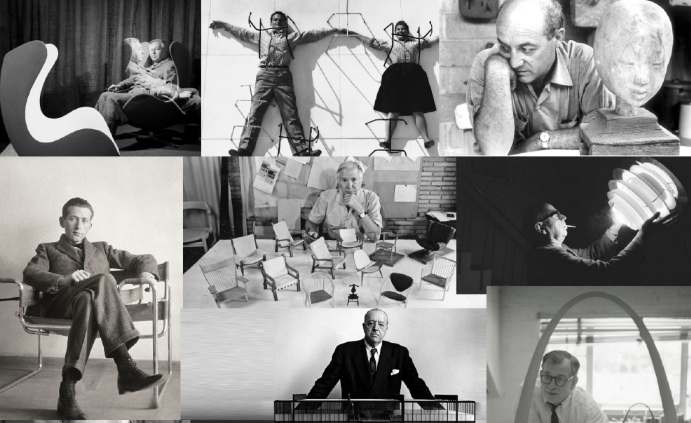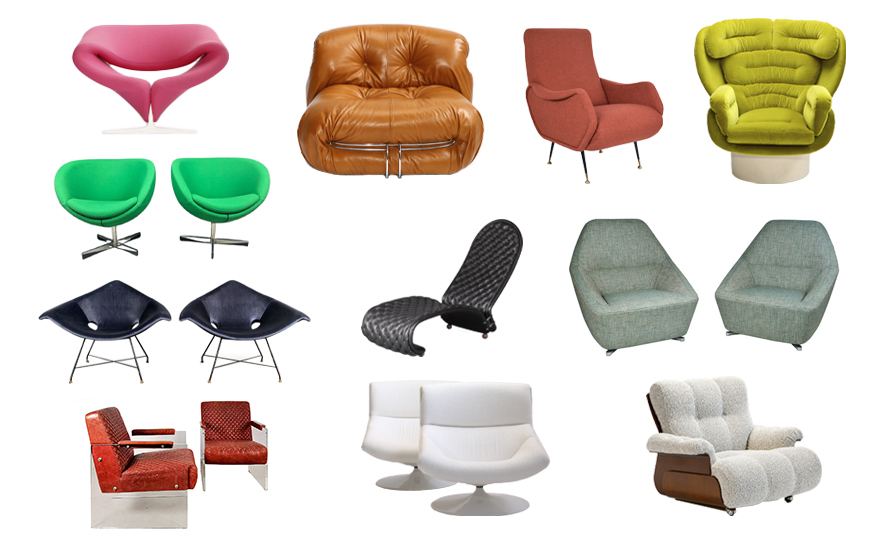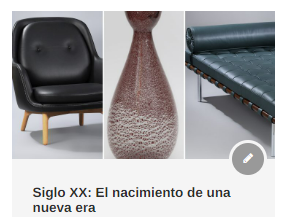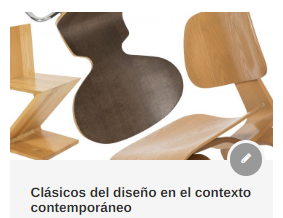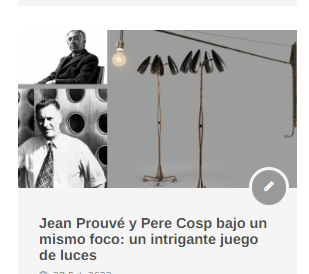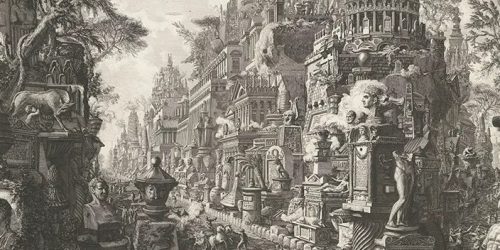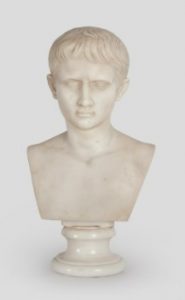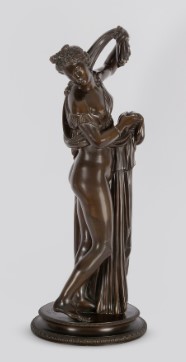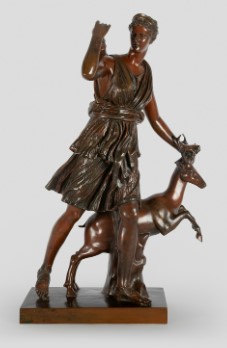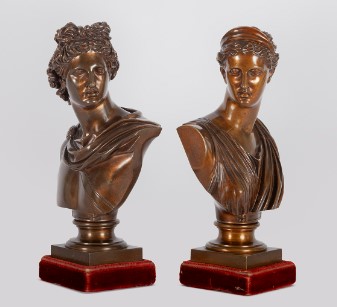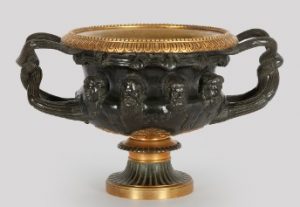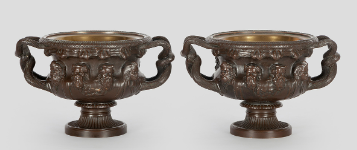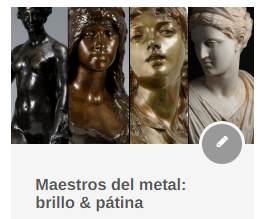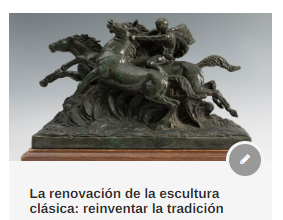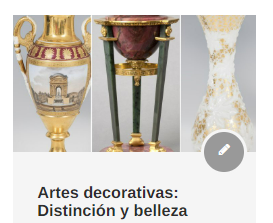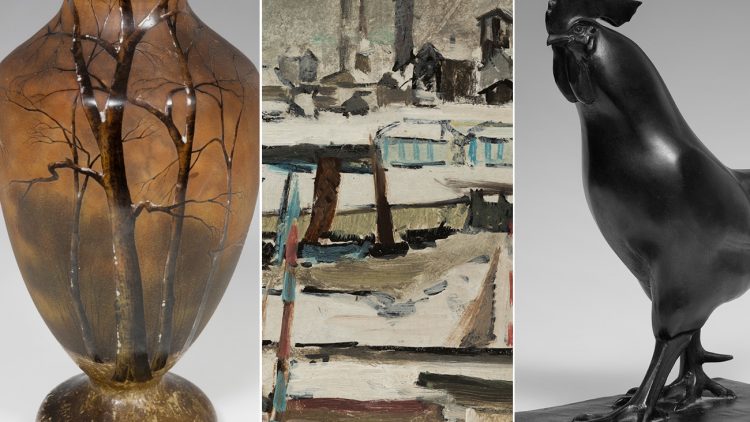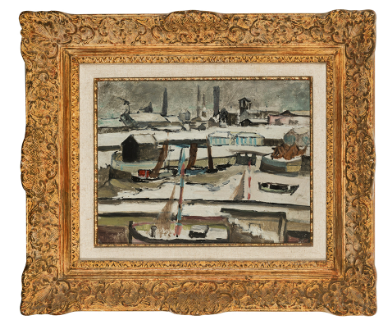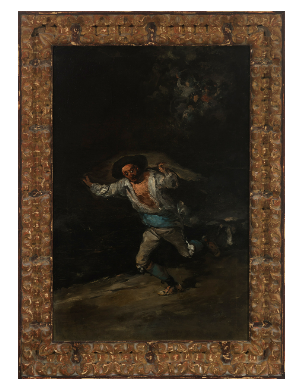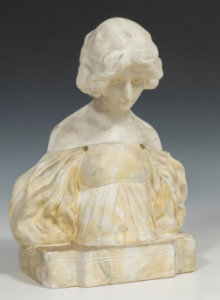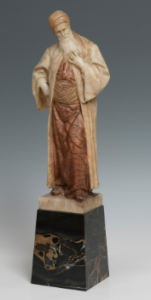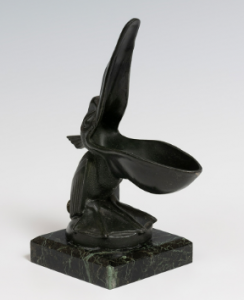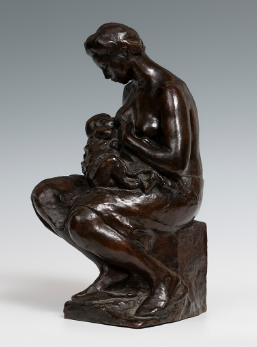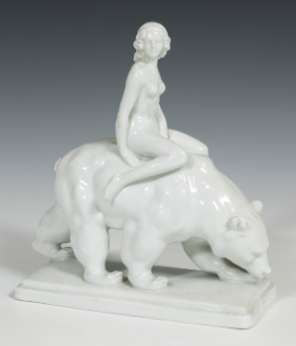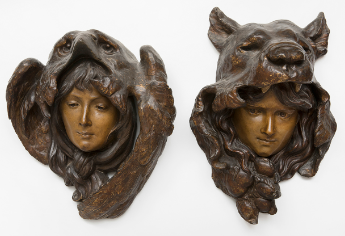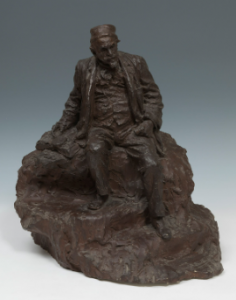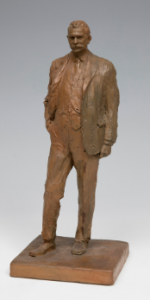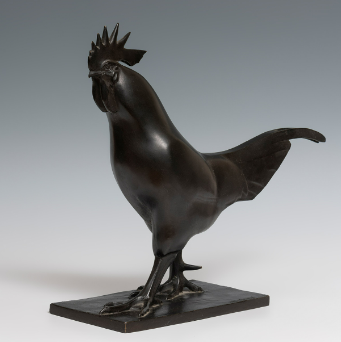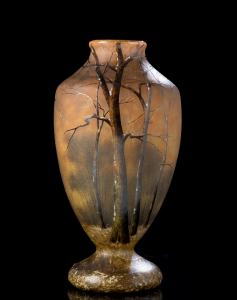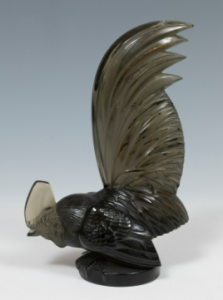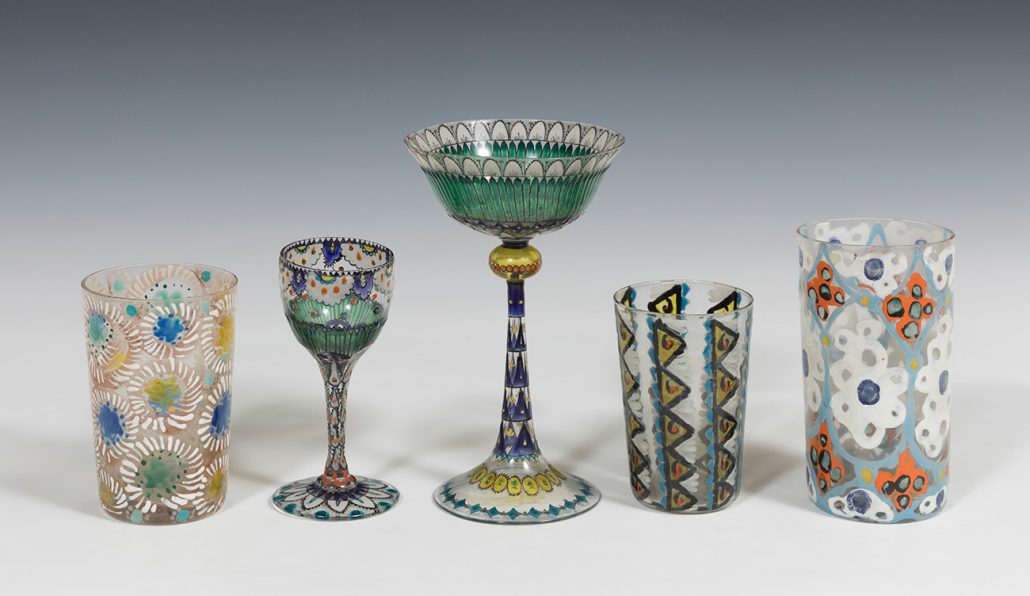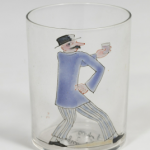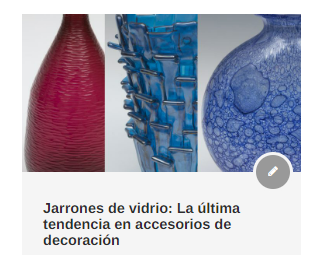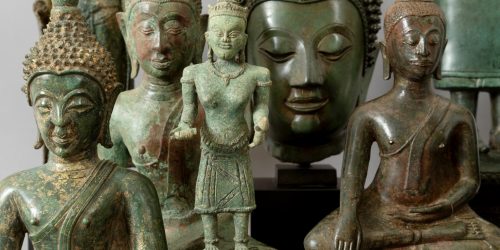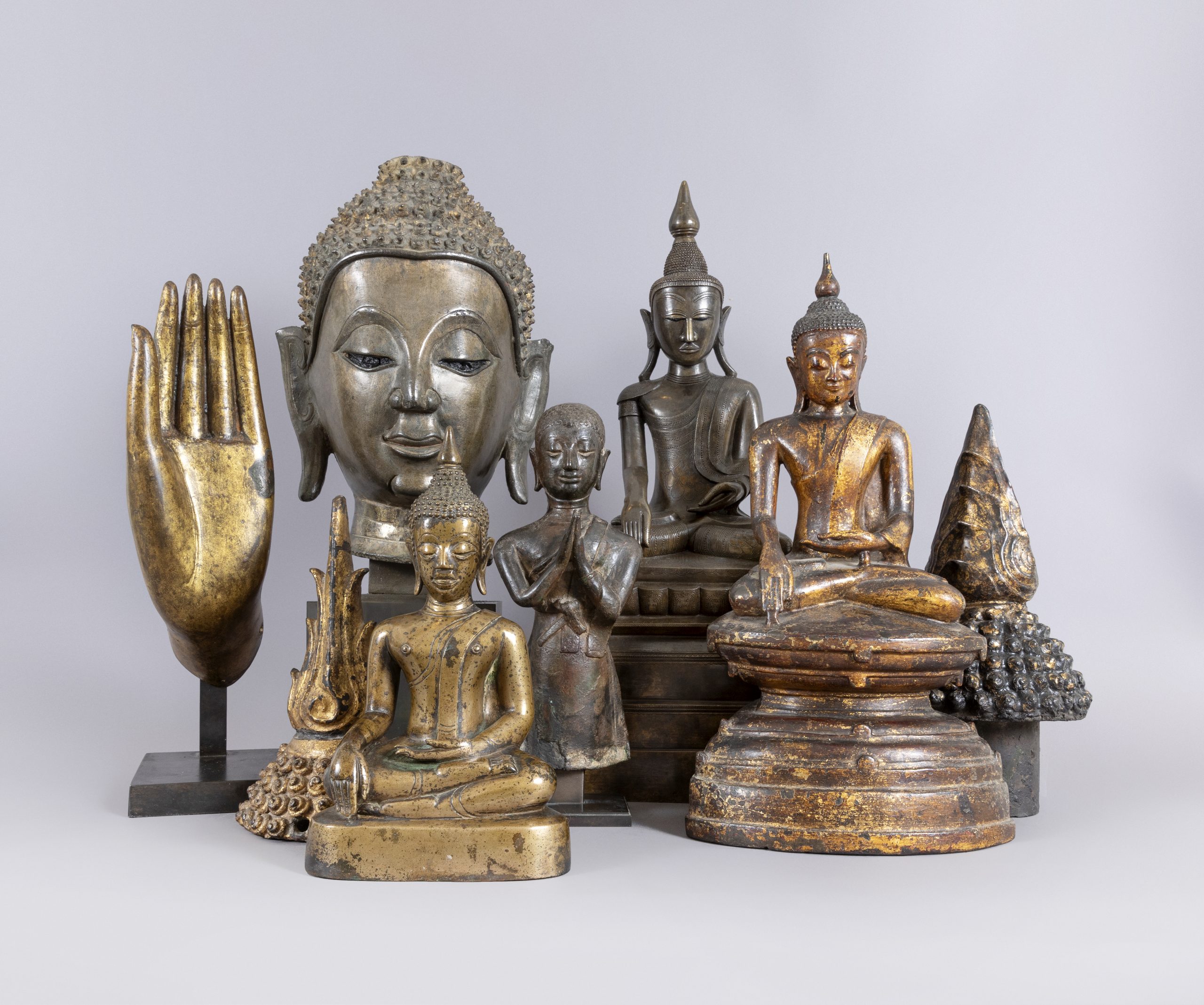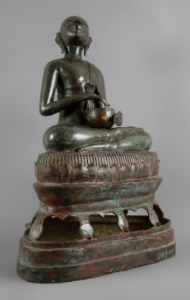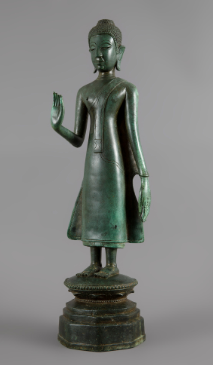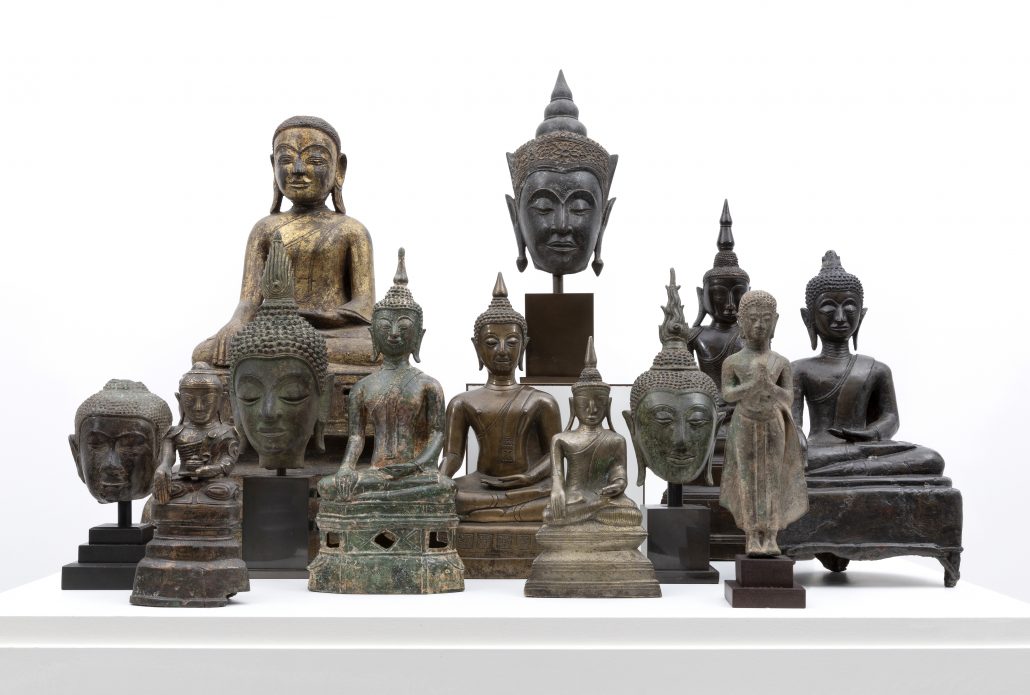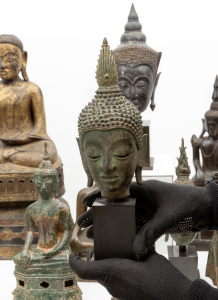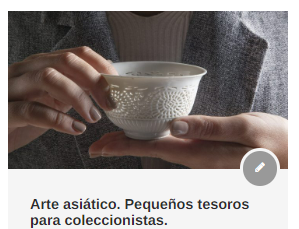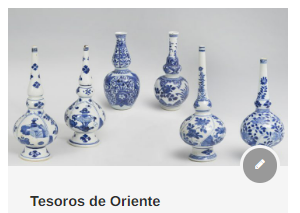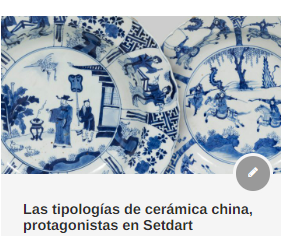Iconic design pieces
Iconic pieces of design:
Setdart, in its upcoming design auction scheduled for April 17, promises to showcase an exquisite variety of pieces by renowned designers from different corners of the world. From the Nordic countries to France, Germany, England, the United States, Italy or Spain, this auction is bound to captivate design enthusiasts with its diverse offerings.
The Scandinavian design movement, celebrated worldwide for its timeless elegance and functionality, will be one of the protagonists. Icons of this tradition, such as Arne Jacobsen, Charles and Ray Eames, Verner Panton and Eero Saarinen, will be represented with their avant-garde models. Scandinavian design, characterized by simplicity, honesty and craftsmanship, resonates with fans and collectors around the world for its understated elegance and focus on essential elements, devoid of unnecessary ornamentation.
Among the auction highlights is Arne Jacobsen’s iconic ‘Swan Chair’, a special edition created for Fritz Hansen’s 50th anniversary. This exclusive piece with a hand-polished cast bronze swivel base has a fully upholstered ergonomic seat, chocolate brown leather interior and chocolate brown suede exterior, details that accentuate its elegance.
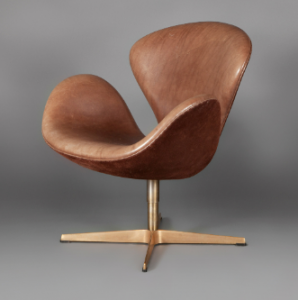
Another outstanding piece is the “Grasshopper” Chaise Longue, Model FK-87, designed in 1967 by Preben Fabricius and Jørgen Kastholm. This sleek design embodies the essence of Scandinavian style with its clean lines and unparalleled comfort.
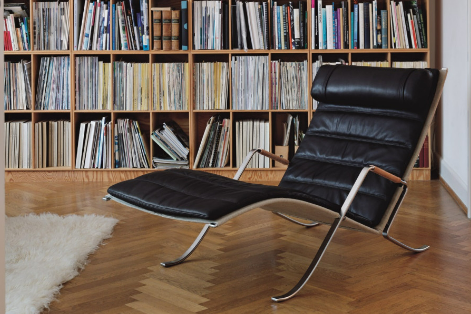
From France comes Charlotte Perriand’s ‘Banquette’, designed between 1959 and 1967. This piece, part of a series created for the executives and staff of the mining company “Miferma” in Mauritania, shows Perriand’s innovative approach to functional furniture design.
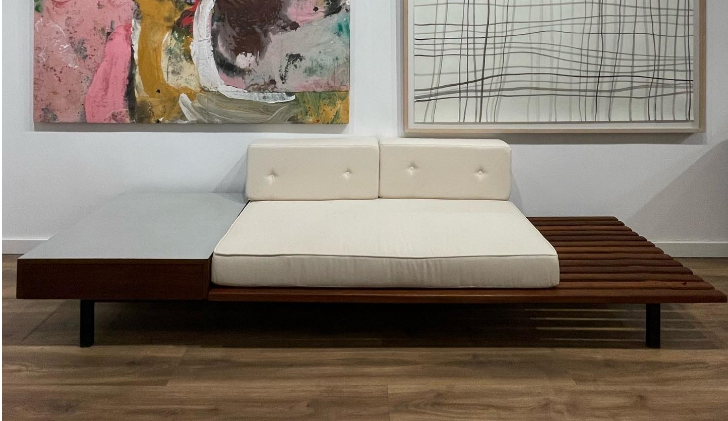
Naming more French designs, the fun ‘Ribbon’ Chair by Pierre Paulin for Artifort adds a touch of whimsy to any space and is one of the prized pieces, for example, in the collection of the National Gallery of Victoria in Melbourne. Likewise, this iconic piece that had its stellar place on the small screen as part of the Star Trek props. Specifically, it first appeared in the episode “The Cloud Minders”, where this chair is used to indicate the high status of the more affluent and influential class.

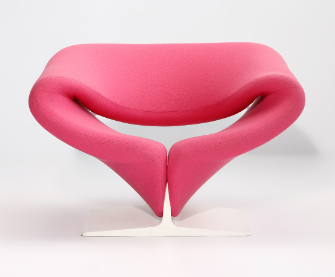
Moving on to avant-garde Italian designs, we present the ‘Elda’ Armchair by Joe Colombo. The version offered in our auction is a beautifully restored first edition in vibrant green velvet. This iconic piece, synonymous with space-age aesthetics, made its big screen debut in the James Bond film “The Spy Who Loved Me” (1977) and is famous for its retro-futuristic design inspired by fiberglass boat hulls. Colombo’s innovative use of materials and ergonomic design make the Elda Armchair both visually striking and exceptionally comfortable.
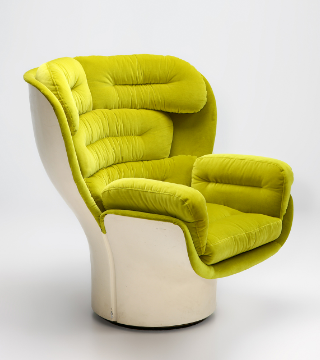
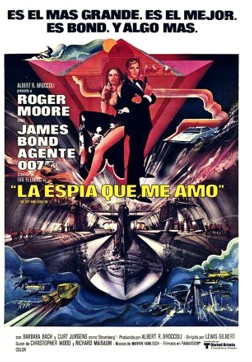
Designer furniture from the second half of the 20th century is a hit at international auctions because it is distinguished by its creativity and originality. Designers of this era challenged established conventions and experimented with shapes, materials and manufacturing techniques. Its iconic pieces have become symbols of modern design and are highly valued for their beauty and functionality.
These are pieces that reflect the social, economic and technological changes of the time. These pieces capture the aesthetics and spirit of their time, from the post-war era of optimism and innovation to the experimentation and activism of the 1960s and 1970s. As a result, these pieces have intrinsic value as historical objects that tell the story of the world in which they were created.
Another important factor contributing to its success is its exclusivity and rarity. Many of these pieces were produced in limited quantities or even as one-off prototypes, making them highly sought after by collectors and design enthusiasts. The fact that they are difficult to find increases their value on the auction market, where buyers are willing to pay high prices for the opportunity to own a unique and significant object.
In short, the success of designer furniture from the second half of the 20th century at international auctions is due to its aesthetic innovation, its historical and cultural relevance, and its exclusivity and rarity. These pieces are not only objects of beauty and functionality, but also tangible testimonials to the creativity and vision of the designers who created them, making them valuable investments, cherished for generations to come.


